Advertisements
Advertisements
Question
How did tea reach other parts of the world?
Solution
Japanese priests studying under Buddhist teachers in China carried tea seeds and leaves back to Japan. Turkish traders also began to bargain for tea on the border of Mongolia. That is how tea spread to other regions of the world, specifically Japan, Europe, and England.
APPEARS IN
RELATED QUESTIONS
- Can you make tea?
- How do you make tea?
- What brand do you like?
- At home, who makes tea/coffee for everybody?
- Have you seen a tea-plantation? What was it like?
Form pairs and write the process of making tea in a step-by-step manner.
Write the names of as many beverages as you can within two minutes. What do the following beverages remind you of? Draw word webs to show your associations.
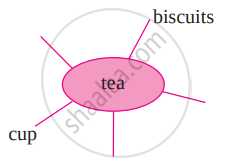 |
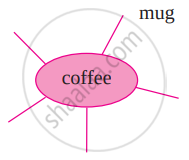 |
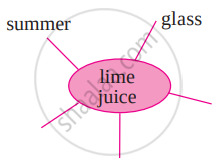 |
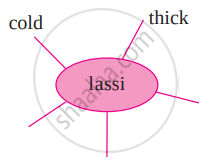 |
 |
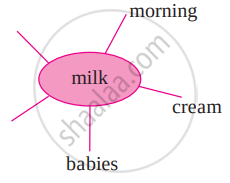 |
How is tea, the beverage, made?
Where are tea estates located?
What are botanical names? How are they decided?
What does tea contain? What does it not contain?
Why did he carry out further investigations about tea?
What is the difference between legends or stories and history?
Do you have any ceremonies associated with food items?
What are the good qualities of tea?
Why are the cups only half-filled in Chinese tea ceremonies?
What is the difference between ‘claim’ and ‘fact’?
Make a bilingual glossary of the various spices used in the kitchen.
List the words related to agriculture from the (The Story of Tea) passage.
List the words related to chemistry from the (The Story of Tea) passage.
Complete the following sentence with the help of the (The Story of Tea) passage:
In many countries around the world, tea drinking is an ______.
Complete the following sentence with the help of the (The Story of Tea) passage:
Our body produces chemicals called ______.
Prepare a flow chart to show the growth and journey of tea from the plantation to our homes. Use information from the lesson.

From the (The Story of Tea) passage, find all the words or pairs of words that begin with ‘tea’. Examples: teapot, tea plants.
